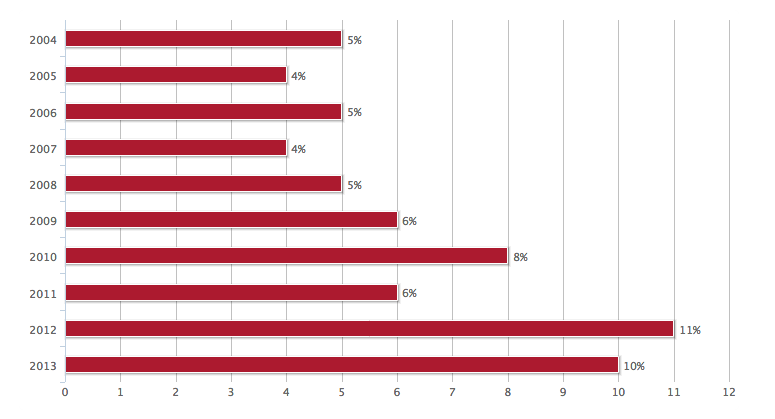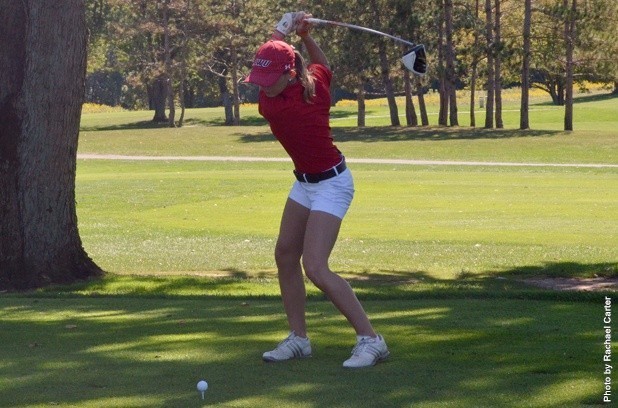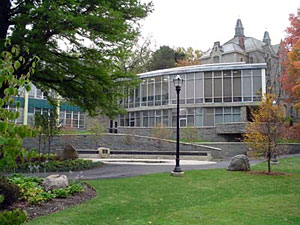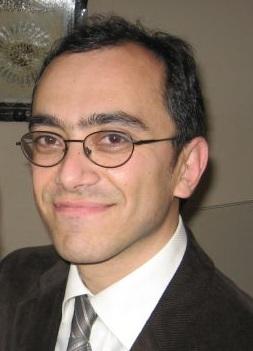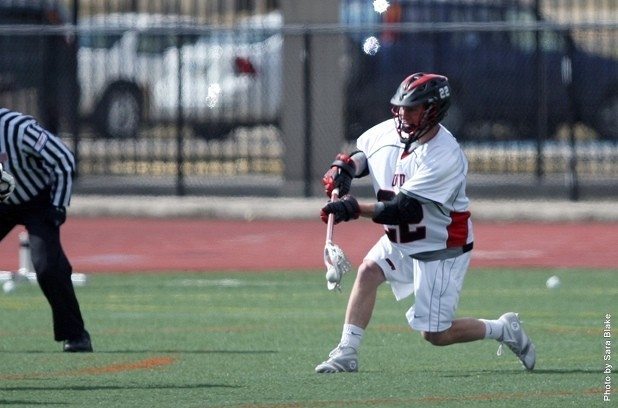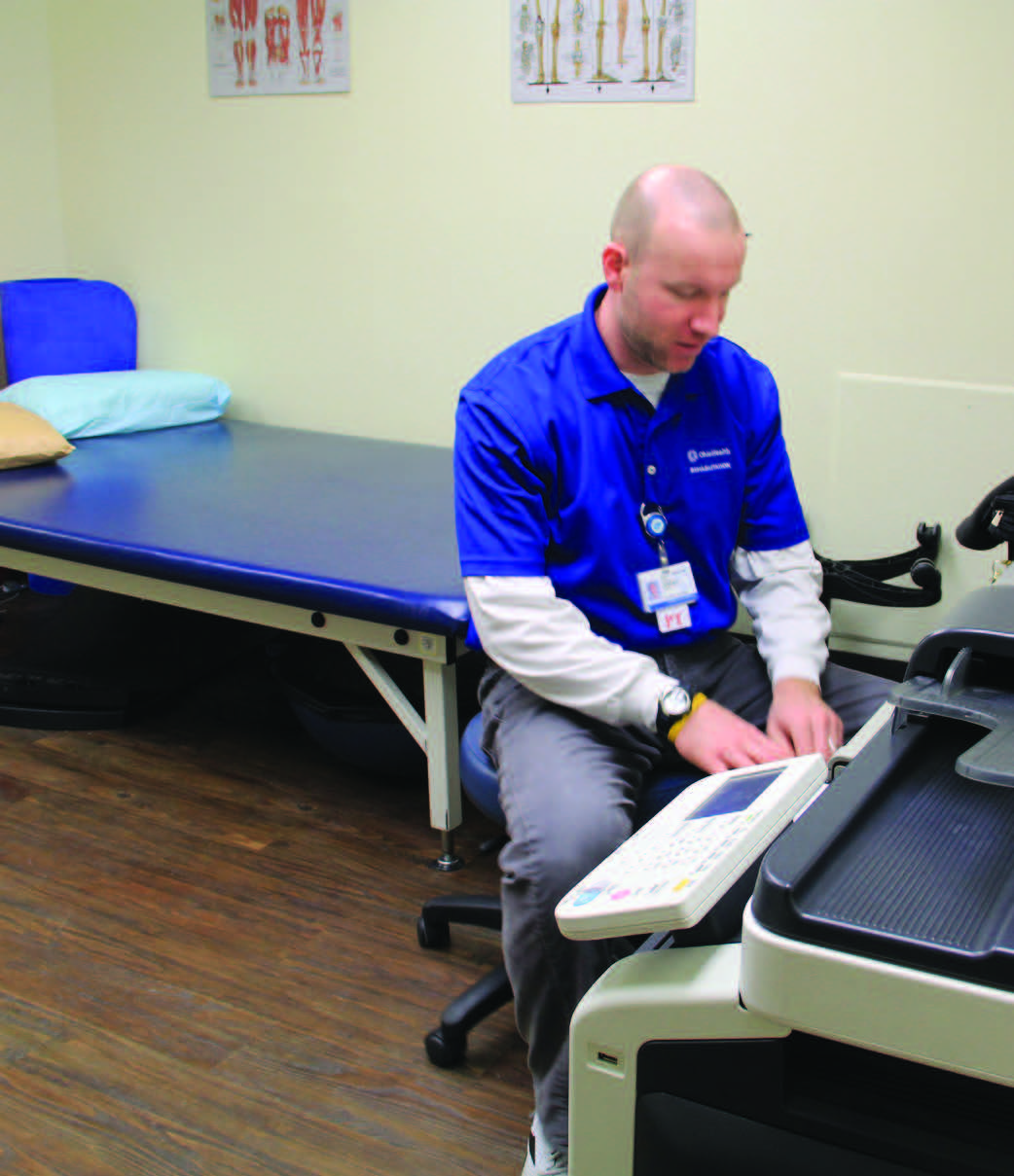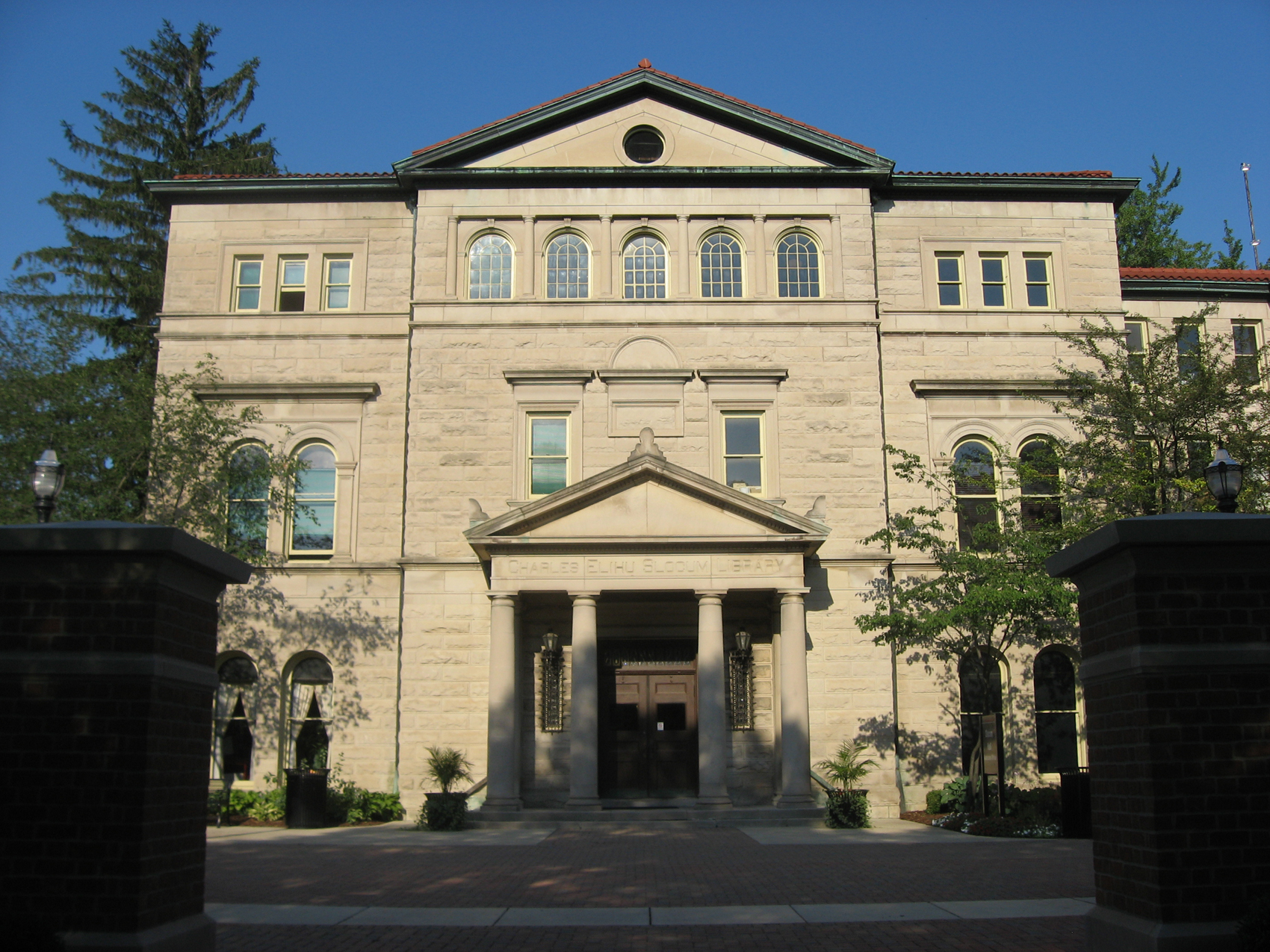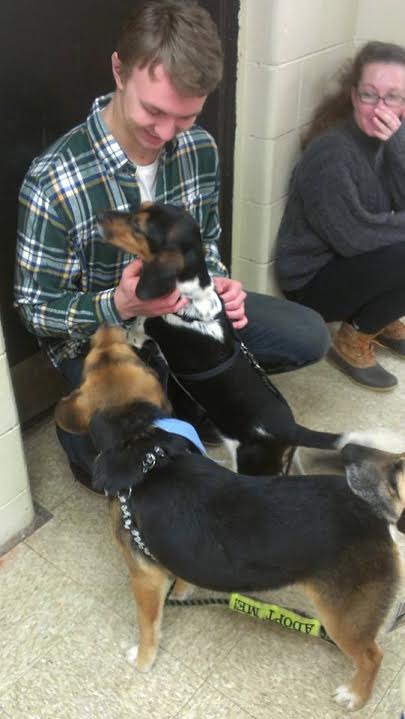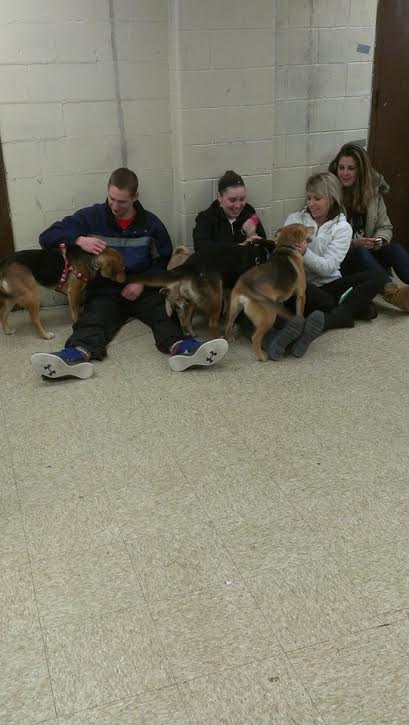Every year the National Science Foundation awards Graduate Research Fellowships to outstanding young scientists.
This year, three Ohio Wesleyan students, senior Mary Ann Lee and alumni Brad Turnwald (’13) and Kristen Lear (’11), were honored in receiving the award.
Over 14,000 applications were submitted, 2,000 of which were selected.
With the award comes a $32,000 per year stipend and $12,000 per year to help pay tuition costs directly for three years.
“The fellowship will enable me to not have to TA for 3 years out of five years of my PhD, which will free up a lot more time for me to put into research,” Lee said.
All three described the application process to obtain an NSF Fellowship as difficult and lengthy.
“The application process was really taxing, because one of the essays basically asks you to design a PhD thesis, which I had no idea what I was going to write about or had not enough knowledge about the topic,” Lee said.
Turnwald echoed similar sentiments, adding simply completing the application alone was valuable experience.
Applications were submitted in early November, at which point they each were sent to three independent panelists, who judged the applications based on intellectual merits as well as the broader impact it would have for the scientific community.
Both Turnwald and Lee earned Goldwater scholarships last year, while Lear earned a Fulbright scholarship as a senior.
“Receiving the NSF fellowship is rewarding because it hinged on obtaining very positive reviews from established senior scientists that anonymously evaluated my research proposal,” Turnwald said.
For Lee, doing research at OWU was instrumental in helping her think like a scientist and shape her as a scientist overall.
She expressed joy about the opportunities an NSF Fellowship provides.
Originally she had not planned to apply, but Dr. Downing strongly encouraged Lee to send in a proposal, structuring a directed readings to guide her along.
Turnwald has begun to study at Stanford University on a Graduate Fellowship.
Both Lee and Lear will start their studies next year at the University of Arizona and the University of Georgia, respectively.
Lear said she felt her time and research experience at OWU played a big part in her success.
“I have no doubt that my research experiences at OWU have opened many doors for me,” she said.

